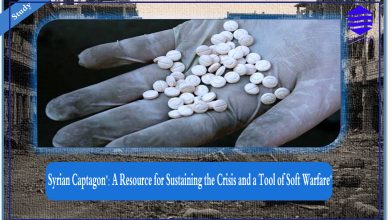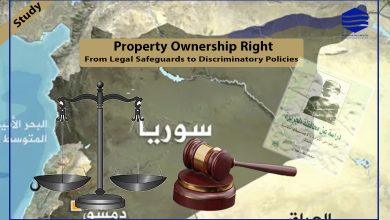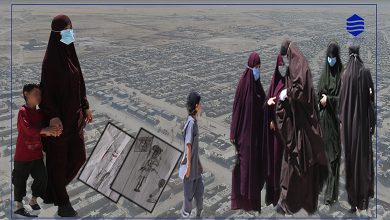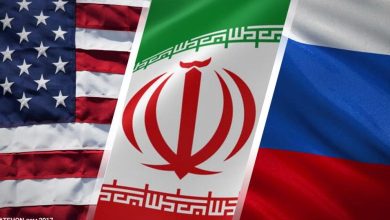
The Political Participation of Syrian Women in the Three Influence Zones
Introduction
Despite Syrian women demonstrating their effectiveness in popular movements, they have continued to face political, structural, religious, and societal obstacles that, overall, have reduced their roles in decision-making.
What has exacerbated the situation for women is the lack of a protective environment for their independence, both in the traditional and legal sense. The approach to their roles varies according to differences in ideology, political belief, cultural values, and societal perspectives, both supportive and conservative. These variations are influenced by the concepts of gender collaboration in light of the current political, military, and economic situation in areas under the control of the Syrian government, the opposition, and The Autonomous Administration of North and East Syria (AANES).
In this section of the study, we will shed light on the participation of Syrian women in positions of authority and decision-making within the Syrian government, the opposition, and The Autonomous Administration of North and East Syria (AANES). Using statistical language, digital data, observation, and field interviews with the sample under study, we will deduce the effectiveness or formality of women’s contribution in top leadership, political and popular councils, ministries, and similar positions and roles.
The study’s axes will be enriched with informational backgrounds and contexts (legal, political, social, historical, etc.) to provide objective and methodical scientific insights into the logical presentation of the researched topic. This will include a focus on using visual representation and graphics to facilitate the reader’s comprehension of the content presented smoothly and without ambiguity or confusion.
In this context, we have resorted to the administrative division (intentional) of the geographical boundaries of the study due to the variation and political, ideological, and value-related differences of the parties managing the Syrian conflict zones. This entire matter represents a problem that must be analyzed transparently and accurately.
Therefore, the study is expected to provide descriptive data and graphical indicators (quantitative and qualitative) that explain the variations in support for or reduction of women’s rights and their participation in political work in each administration in the three influential regions in Syria. This will be based on a list of factors that enable or hinder their actual integration into political blocs, illustrating the path of administrative and conceptual approaches to their cause.
Hence, the study has subdivided its general title, “The Reality and Indicators of Women’s Political Participation in the Three Influence Zones,” into three branching subheadings that will be researched, analyzed, and studied, examining their variables and measuring and interpreting the status of women according to the specificity of each region and the nature of its political system. These subheadings are as follows:
- Women’s Political Participation in the Syrian Regime Government.
- Women’s Political Participation in the Syrian Opposition.
- Women’s Political Participation in The Autonomous Administration of North and East Syria (AANES).
Study Objectives
The study primarily aims to research and analyze the reality of Syrian women’s participation in the political field, and to monitor the proportions in which they hold various decision-making positions within the three spheres of influence in Syria. This is done as a form of field comparison. The roles of women are analyzed, and the challenges they face are examined. Based on the scheduled and descriptive data, the practical frameworks are defined to compare the level of decline or increase in gender-related disparities, and to monitor the progress that has occurred in some areas as a result of implementing gender-neutral measures and encouraging women’s empowerment programs. The goal is to provide a comprehensive study for legal and human rights organizations to promote respect for the rights of Syrian women among the parties involved in the conflict.





